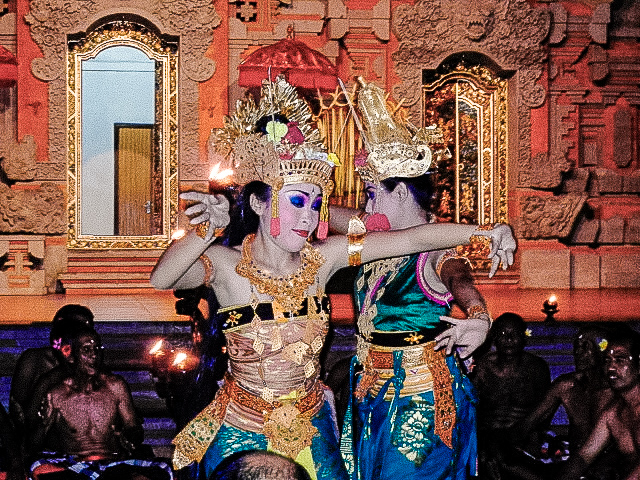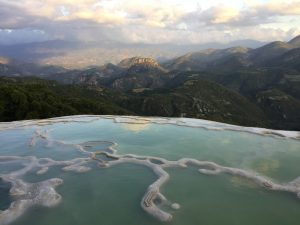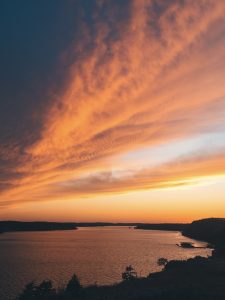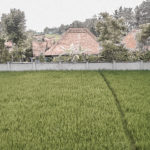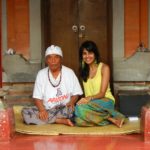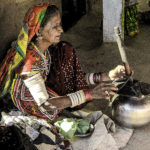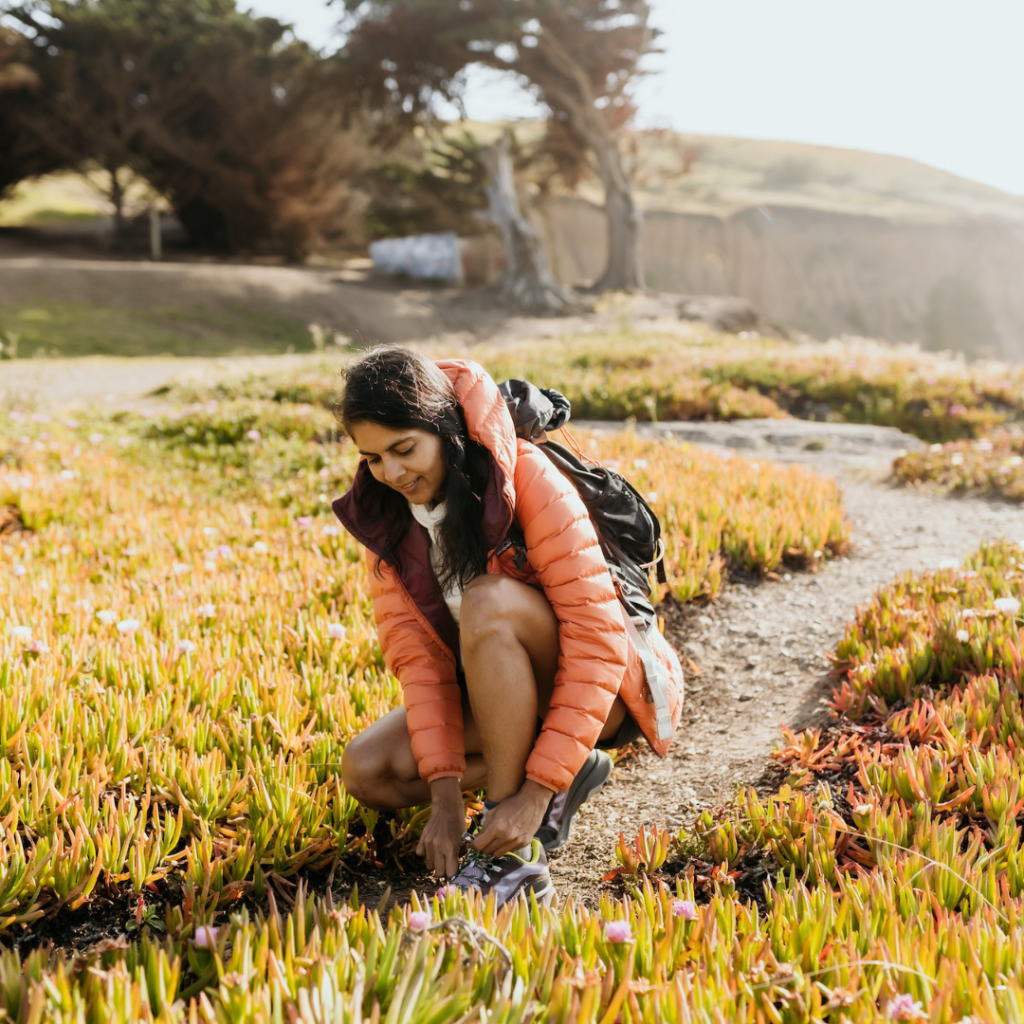It was hot and muggy. My friends and I walked along single file on the narrow sidewalk looking for the temple.
The dance started promptly at 7pm and I wanted to make sure we had seats. Every time we stopped to ask a shop owner they would say, “straight.”
So we kept trudging along. When I first read about the dance dramas that take place in Ubud, I wondered if they would be hard to follow. How would we know what story is being told if we didn’t understand the language? We’ll come to that in a bit.
What was intriguing about the Kecak dance is that I found out it was based on the Indian epic, Ramayana. Originally from India, I am very familiar with this piece of Hindu mythology and wanted to experience the Balinese interpretation of the story. I was sure I’d understand it given that I already knew the story!
Now Bali has a huge Hindu population but Balinese Hinduism does differ from the traditional Hinduism that is practiced in India. For example, the Balinese do not believe in the cycles of reincarnation and rebirth. The Ramayana, while part of the Bali culture, is also slightly different from the original version.
We finally came to the temple and found seats right up front. The temple quickly filled up. There were chairs placed toward the back of the temple and along the sides. The temple exterior itself is characteristic of most of the local temples strewn around Ubud.
The dance began with the chanting.
The Kecak dance is also known as the Ramayana Monkey Chant. Check out the performers below wearing checked cloth around their waists, chanting “cak”, throwing up their arms, and hence the name ‘Kecak’.
| Photo Credit: Saiman Pics |
The dance is like a musical, depicting the battle from the Ramayana, where Prince Rama, with the monkey-like Vanara’s help, fights the evil King Ravana. The story is mostly told through chanting and dancing so there was no issue with being able to understand the language. I just gave in to the chanting and enjoyed the expressive and graceful movements of the dancers.
I was able to follow most of the story based on my knowledge of the Indian epic. I assumed one of the female dancers depicted Sita, Prince Rama’s wife, who gets kidnapped by Ravana.
There was even a scene with fire and I assumed that was showing the depiction of Sita’s sacrificial fire to attest to her purity when her husband comes to rescue her. I believe they show the birth of Rama and Sita’s children and the show ends shortly after. It was a beautiful musical, with dancers in elaborate costumes and graceful movements.
When I travel, I’m not only exposed to differences in cultures but also to similarities. In Bali, that was never more apparent than when I was watching the Kecak dance. The story, adapted from the Indian epic, told through music and dance is very similar to our musicals in the West.
Of course there were instances where I was kind of lost – for example, in the pic above, I had no idea who this character was representing!
If you are ever in Ubud and want to understand a bit about the history and culture of the people, the Kecak dance is an entertaining and informative way to experience the great epic that originated from India.
